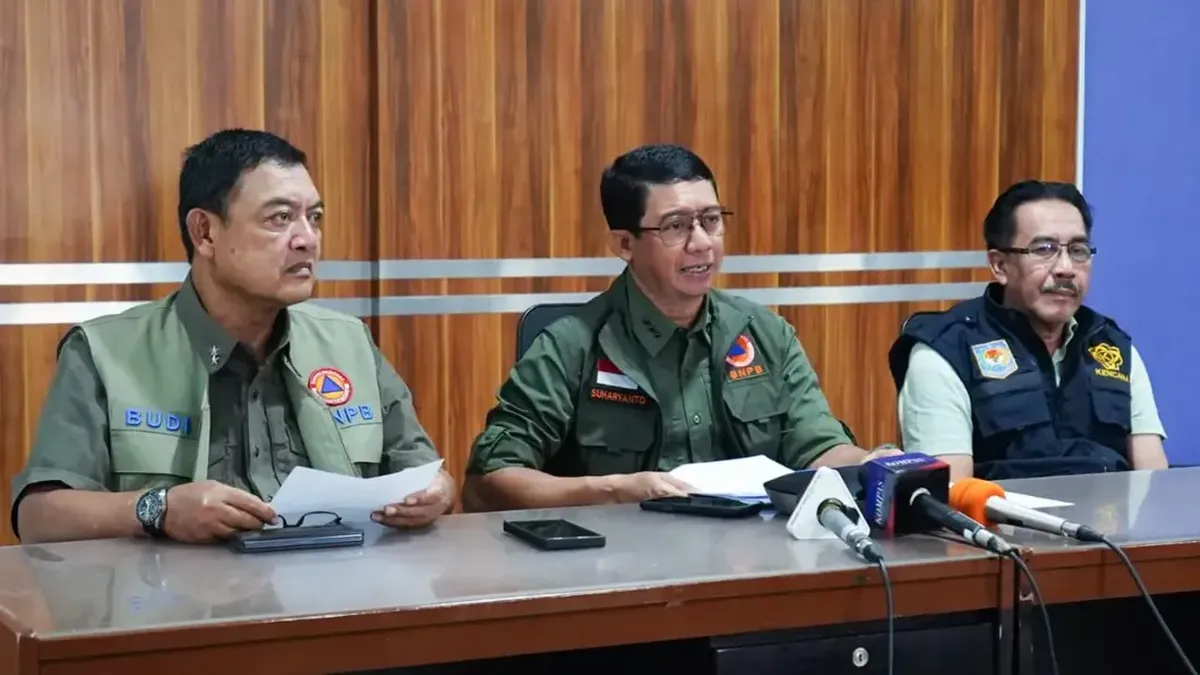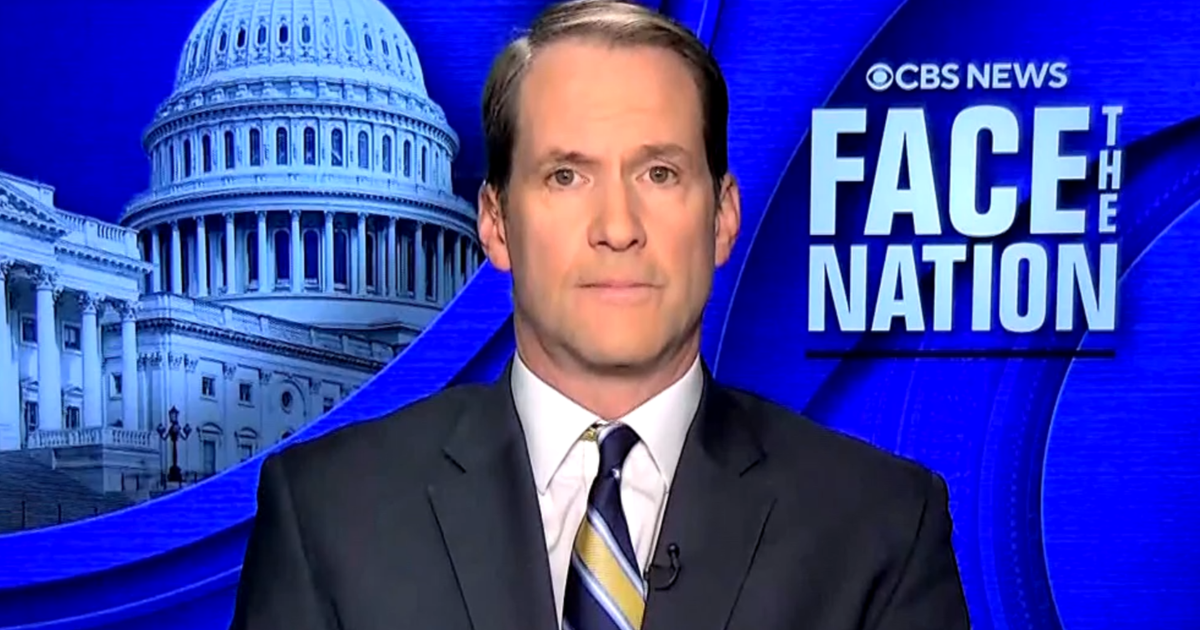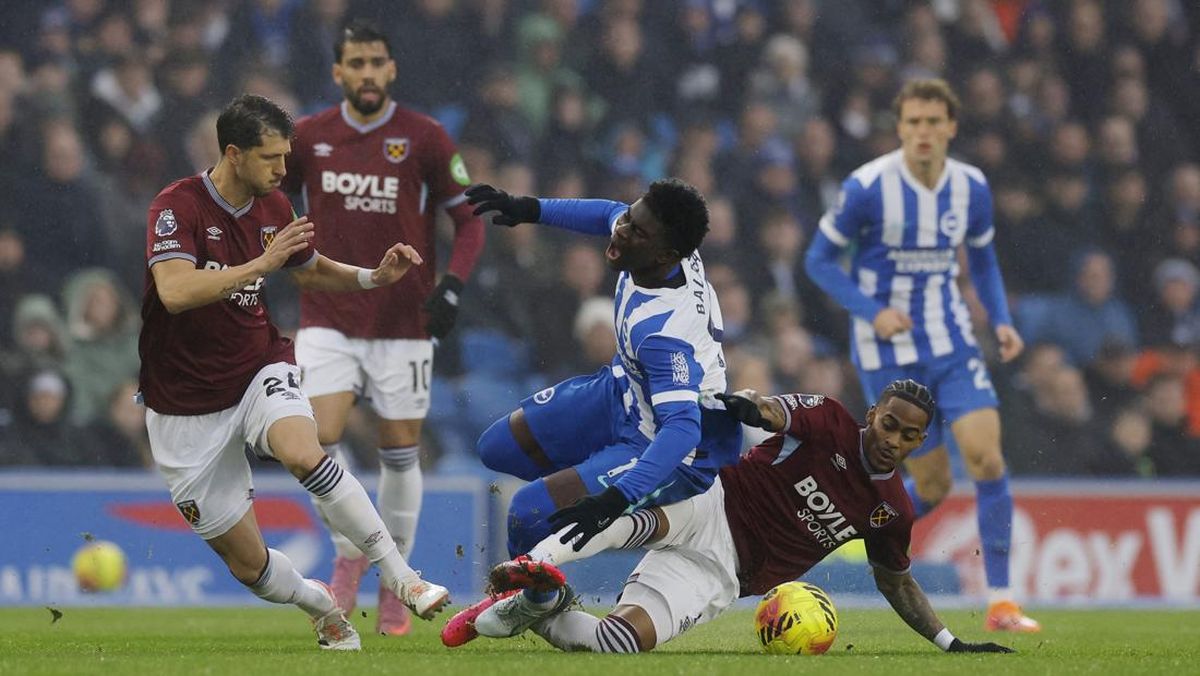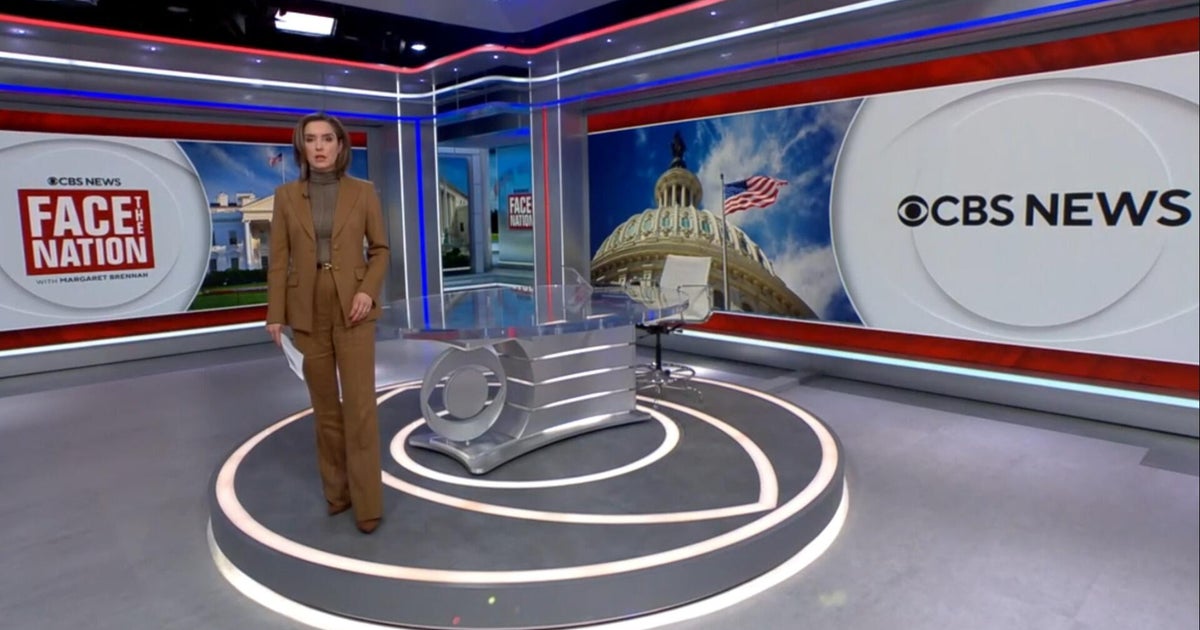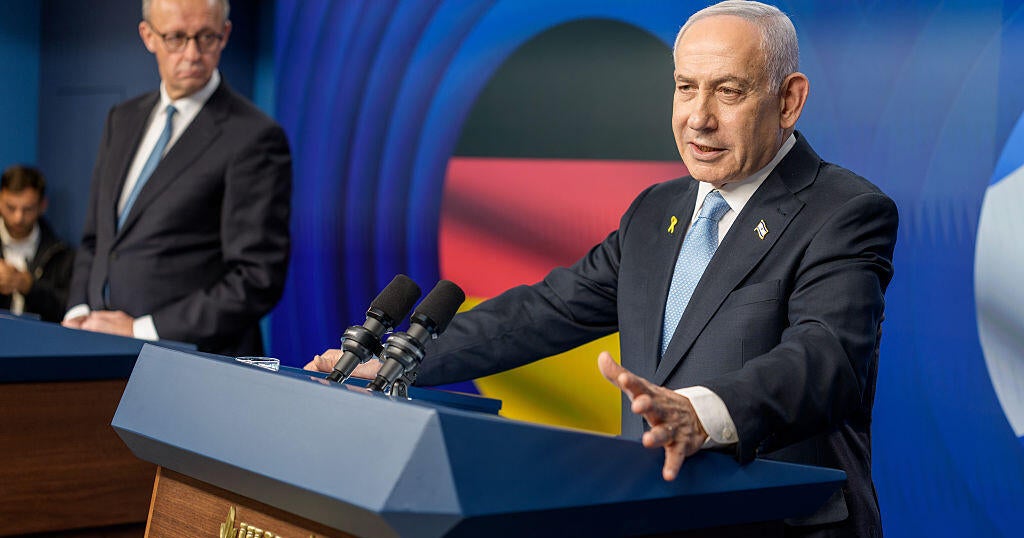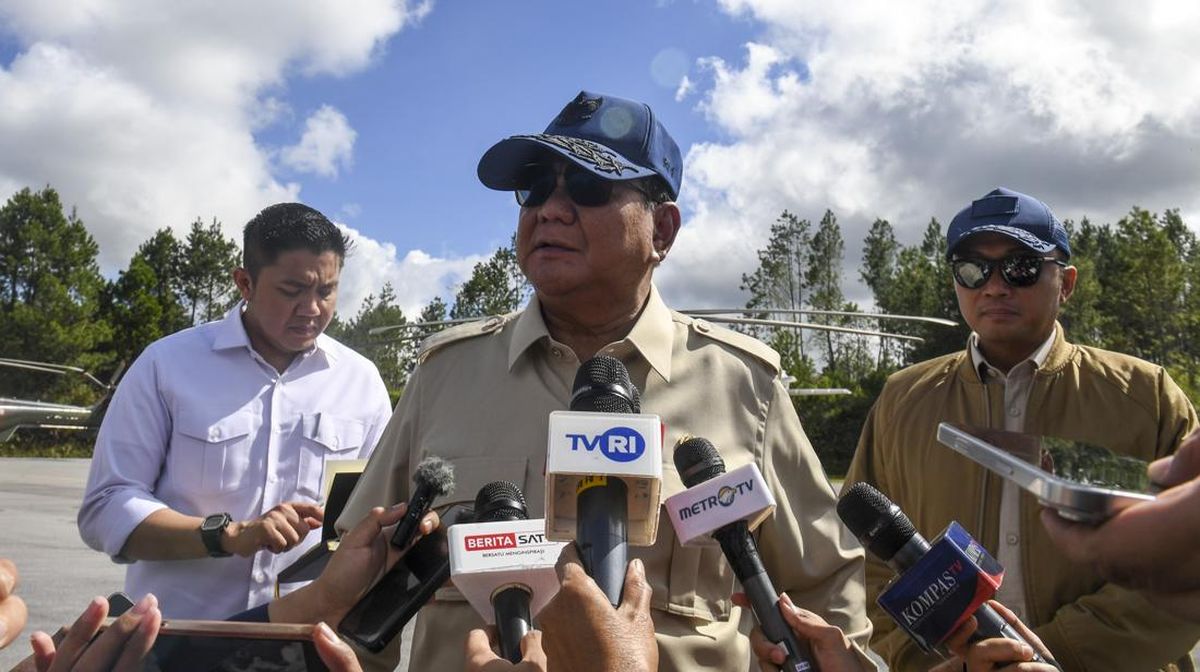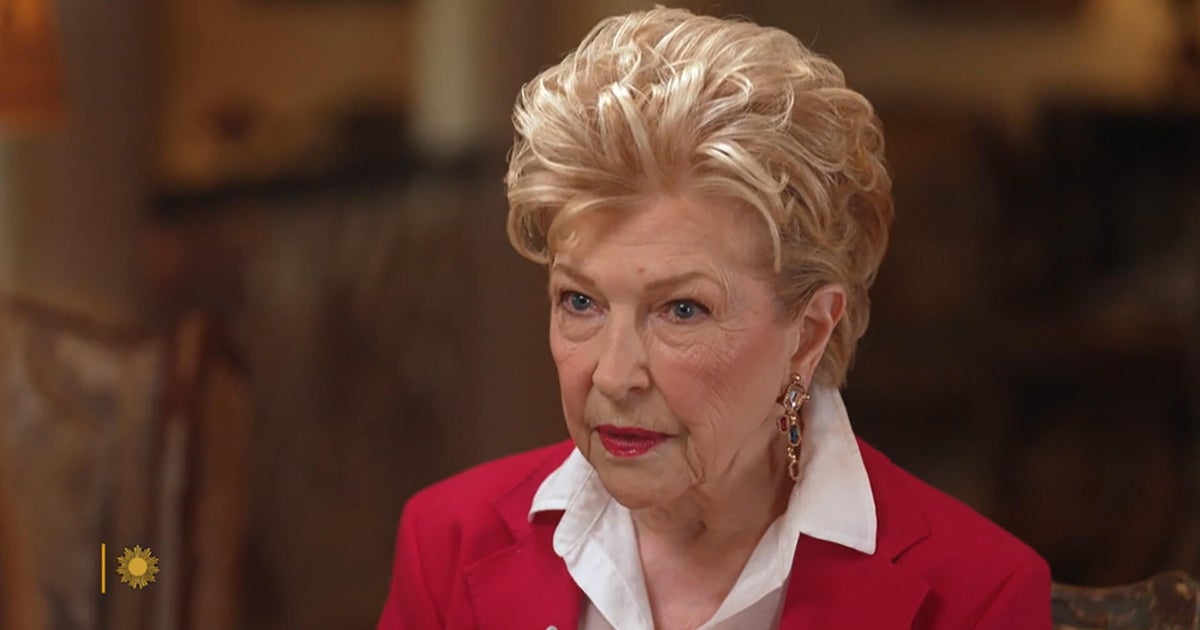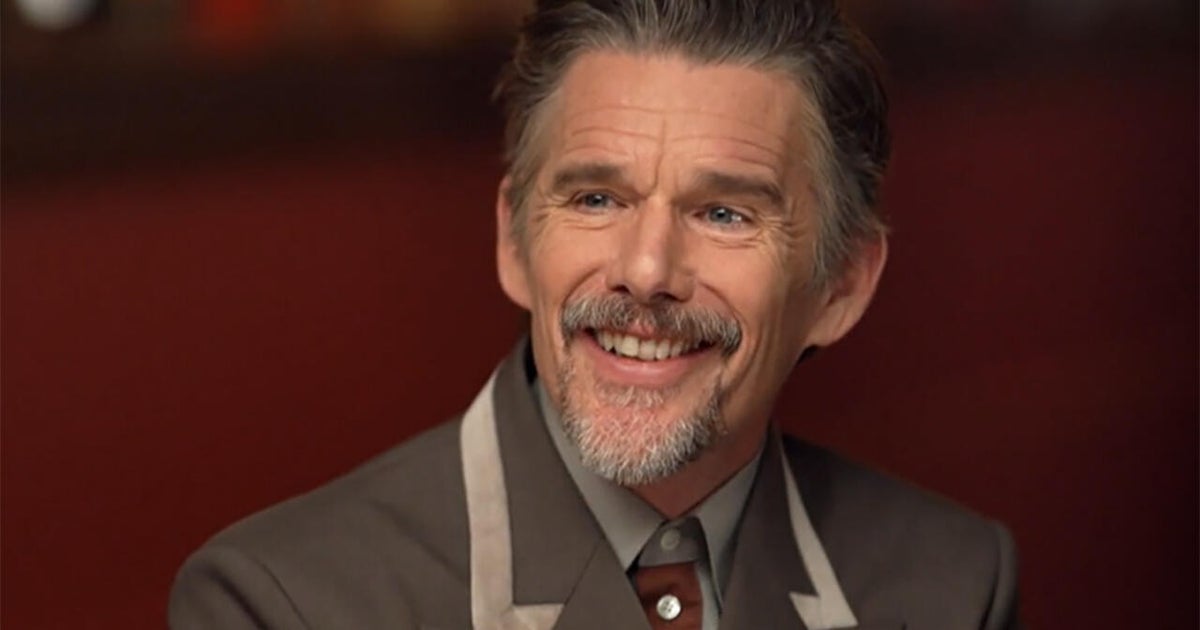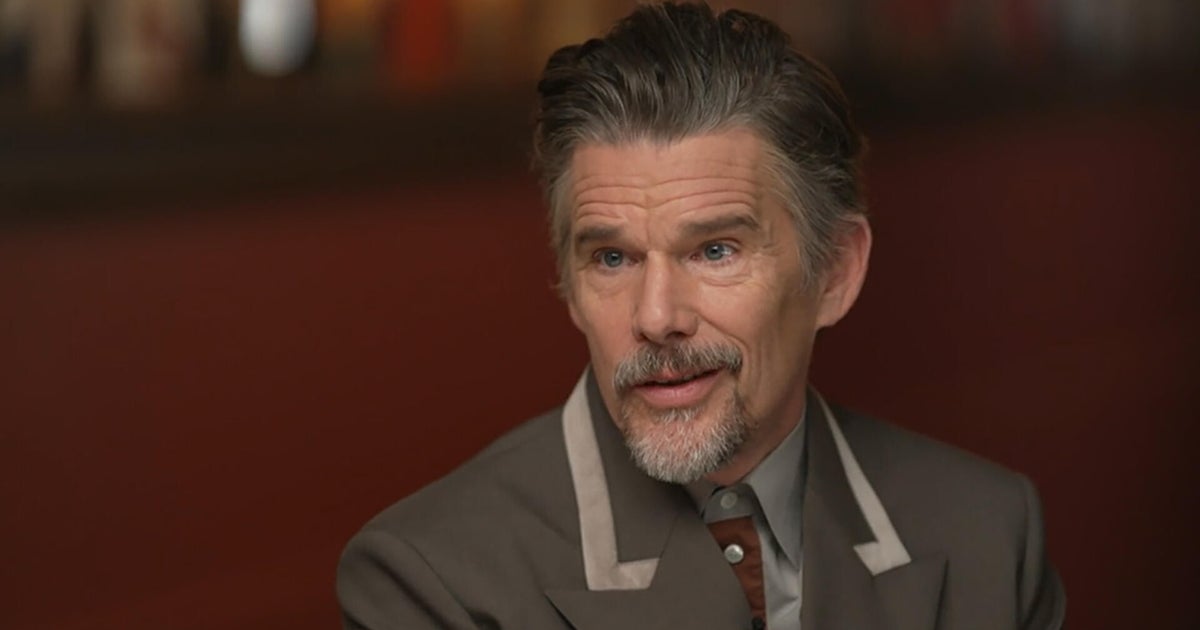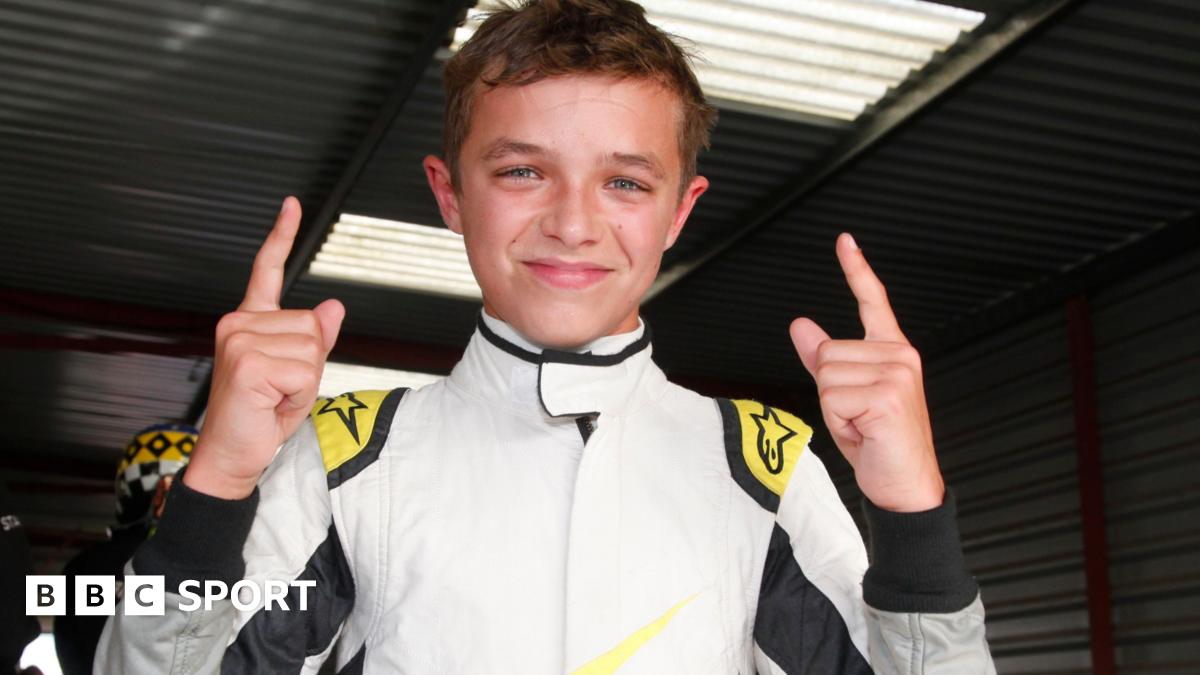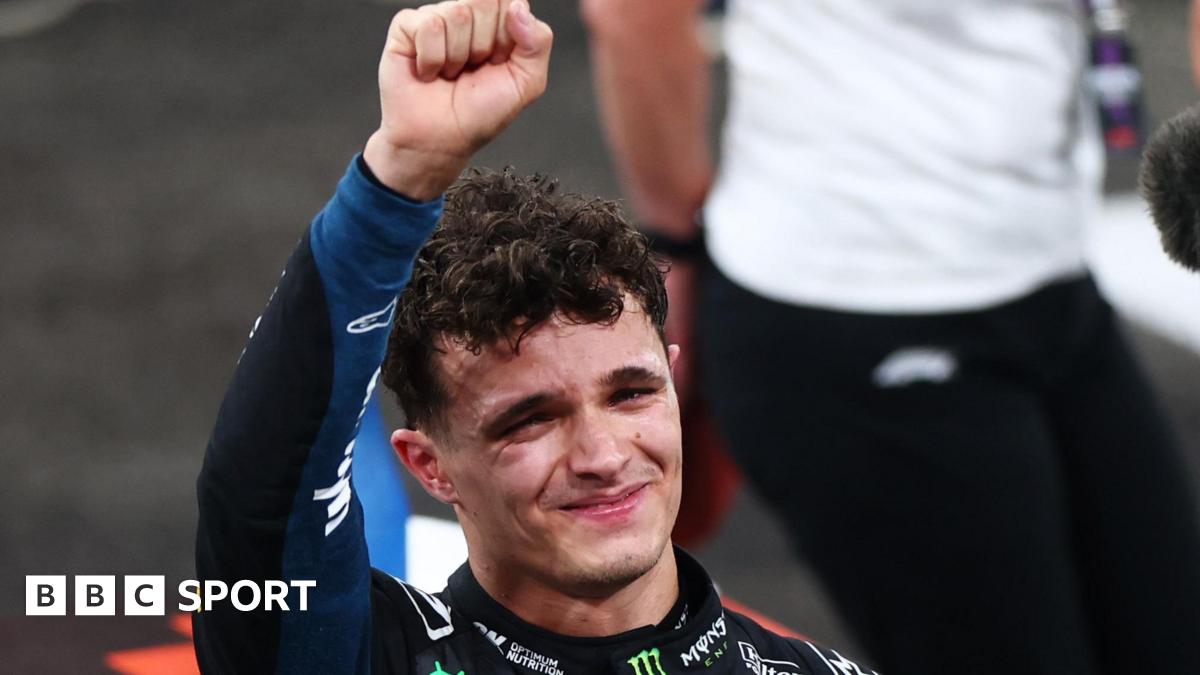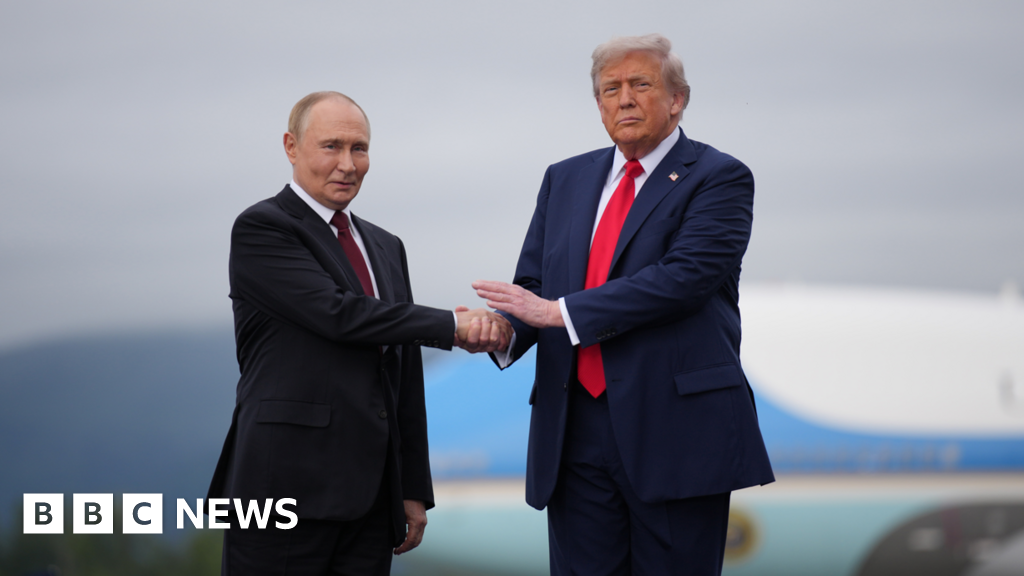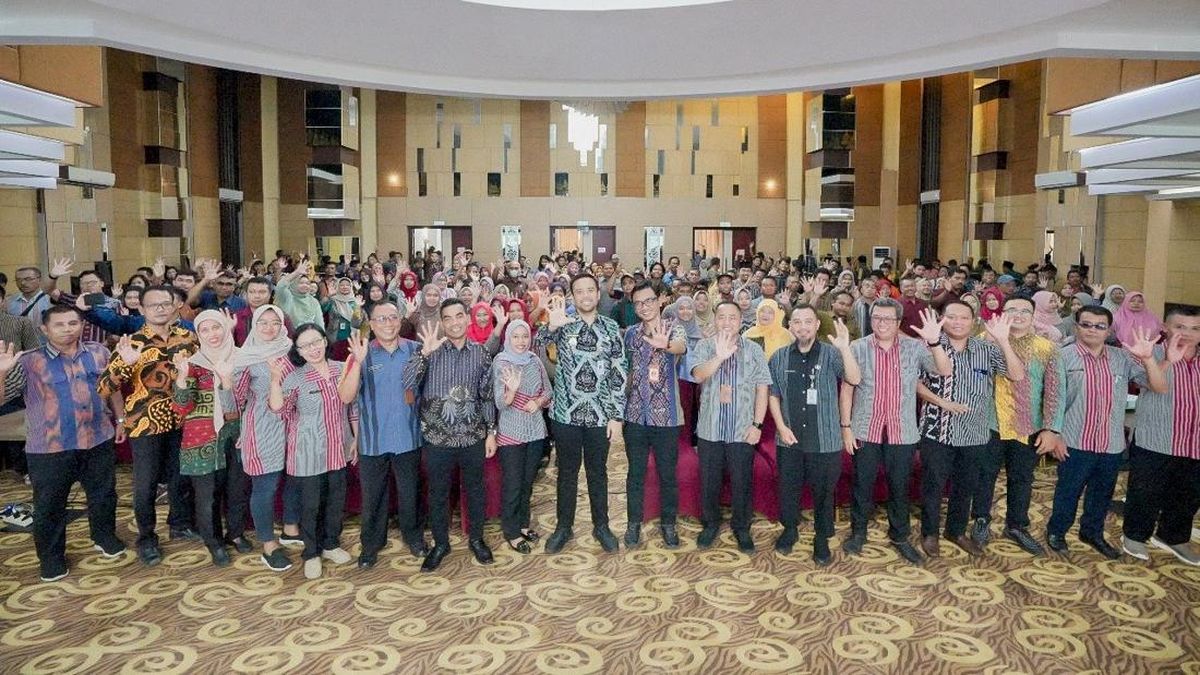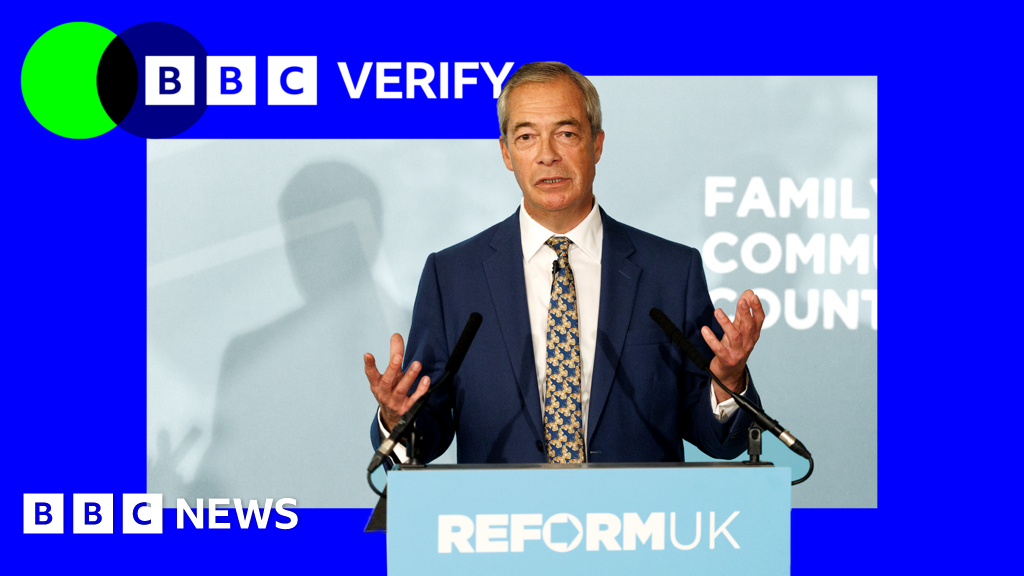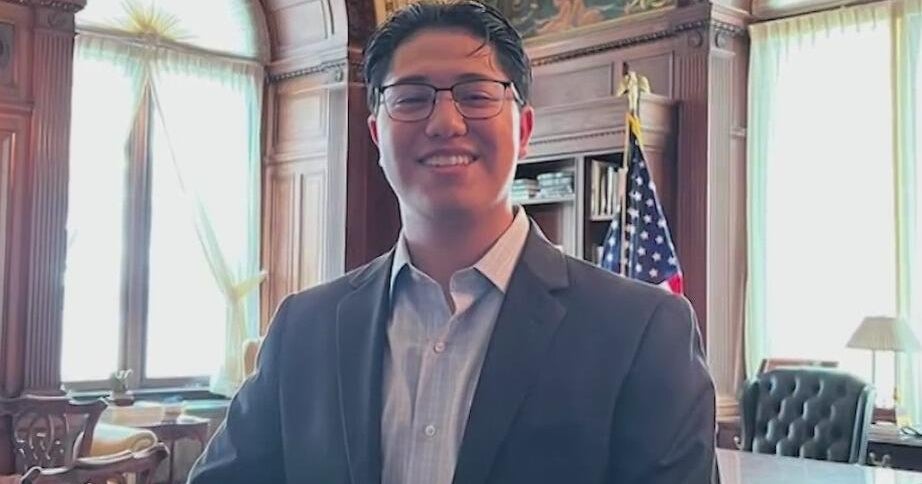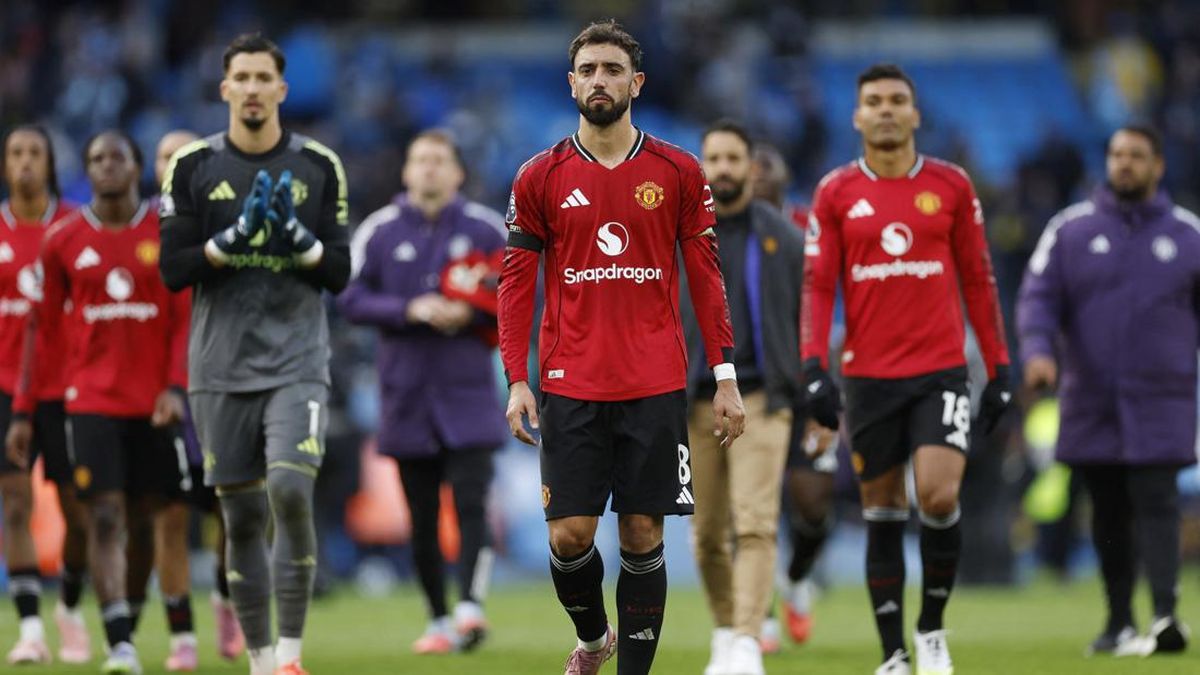By Nandita Bose, Gram Slattery and Jeff Mason
October 18, 2025 — 9.29am
Washington: Ukrainian President Volodymyr Zelensky came to the White House on Friday looking
for weapons to keep fighting his country’s war with Russia, but met an American president who appears more intent on brokering a peace deal than upgrading Kyiv’s arsenal.
While US President Donald Trump did not rule out providing the long-range Tomahawk missiles Zelensky seeks, Trump appeared cool to the prospect as he looked ahead to a meeting with Russian President Vladimir Putin in a matter of weeks.

Donald Trump greets Volodymyr Zelensky at the White House.Credit: Bloomberg
After speaking with Zelensky for more than two hours at the White House on Friday (Saturday AEDT), Trump implored both Ukraine and Russia to “stop the war immediately,” even if it means Ukraine conceding territory.
“You stop at the battle line, and both sides should go home, go to their families,” Trump told reporters on his way to his home in West Palm Beach, Florida.
“Stop the killing. And that should be it. Stop right now at the battle line. I told that to President Zelensky. I told it to President Putin.”
Trump had flagged on Monday the possibility of sending Tomahawks to Ukraine, while en route to the Middle East for the Gaza peace talks in Egypt, calling them “an incredible weapon”. He then spoke with Putin on the phone three days later, ahead of his meeting with Zelensky.
Trump’s move to re-engage with Putin, a strategy that has frustrated Kyiv and some European allies in the past, cast a shadow on the US president’s otherwise cordial exchange with his Ukrainian counterpart as they spoke with reporters ahead of a private lunch.
Trump said the two leaders would discuss his call the previous day with the Russian president. He portrayed himself as a mediator between the two warring forces, despite the fact that Russia invaded Ukraine in 2022.
‘Get along a little bit’
“I think President Zelensky wants it done, and I think President Putin wants it done. Now all they have to do is get along a little bit,” Trump said.
Zelensky, however, noted how difficult it has been to try to secure a ceasefire. “We want this. Putin doesn’t want [it],” he said.

Volodymyr Zelensky speaks to reporters in Washington after his meeting with Trump.Credit: AP
The Ukrainian leader was frank, telling Trump that Ukraine has thousands of drones ready for an offensive against Russian targets, but needs American missiles.
“We don’t have Tomahawks, that’s why we need Tomahawks,” he said.
Trump responded: “We’d much rather have them not need Tomahawks.”
Later, Trump reiterated that he wants the United States to hold onto its weaponry. “We want Tomahawks also. We don’t want to be giving away things that we need to protect our country,” he said.
After the talks, which Zelensky described as productive, he told reporters he did not want to talk about long-range missiles, saying the US did not want escalation.
He said he was counting on Trump to pressure Putin “to stop this war”.
Trump said in a post on Truth Social that the meeting was “cordial” and that “I told him, as I likewise strongly suggested to President Putin, that it is time to stop the killing, and make a DEAL!”

Russian President Vladimir Putin addresses an energy forum in Moscow on Thursday.Credit: AP
Back to the table
It was unclear what Putin had told Trump that prompted him to agree to the upcoming meeting. Their August summit in Alaska ended early with no major breakthrough.
The Kremlin said much needed to be decided and that the summit might take place “a little later” than within the two-week period mentioned by Trump.
Trump’s conciliatory tone after the call with Putin raised questions over the near-term likelihood of assistance to Ukraine and reignited European fears of a deal that suits Moscow. A spokesperson for the European Union said it welcomed the talks if they could help bring peace to Ukraine.

Trump, second right, and Zelensky, seated left, take questions from reporters before a lunch at the White House on Friday.Credit: AP
Trump was asked on Friday whether he was concerned Putin might be “playing” him for time by agreeing to talks.
“You know, I’ve been played all my life by the best of them, and I came out really well, so it’s possible,” Trump replied.
More than 3½ years after its full-scale invasion of Ukraine, Russia has made some territorial gains this year, but Ukraine’s top military commander, Oleksandr Syrskyi, said on Thursday that the Russian offensive had failed.
Putin this month said his forces had taken almost 5000 square kilometres of land in Ukraine in 2025 – equivalent to adding 1 per cent of Ukraine’s territory to the nearly 20 per cent already held. Both sides have also escalated attacks on each other’s energy systems, and Russian drones and jets have strayed into NATO countries.
Analysts see talks as delaying tactic
The White House had seemed in recent days to be increasingly frustrated with Putin and leaning towards granting Zelensky fresh support, including the Tomahawk missiles that Ukrainians say would help them inflict more damage to Russia’s war machine.
Several US and Ukrainian officials emphasised before Trump’s meeting with Zelensky that no decision had been made, and opinions differed on how Trump would ultimately decide the matter.
Loading
Putin’s move appeared meant to make the US transfer of such weapons less likely, said Max Bergmann, a Russia expert at the Centre for Strategic and International Studies.
“It does seem that Putin’s outreach is perhaps designed to thwart the potential transfer of Tomahawks to Ukraine, so Putin is wanting to put that back in the box,” Bergmann said. “It
strikes me as sort of a stalling tactic.”
Mykola Bielieskov, a senior analyst at Come Back Alive, a Ukrainian non-government organisation that is a major procurer of military equipment for the Ukrainian armed forces, said Tomahawk missiles would level a playing field that is tipped towards Russia, but that they would not be a silver bullet.
Loading
“We don’t expect Russia to crumble after one, two or three successful strikes,” Bielieskov said. “But it’s about pressure, constant pressure. It’s about disrupting the military-industrial complex.”
Reuters
Get a note directly from our foreign correspondents on what’s making headlines around the world. Sign up for our weekly What in the World newsletter.
Most Viewed in World
Loading

